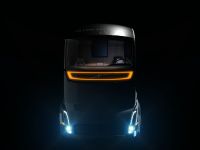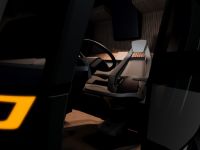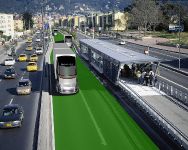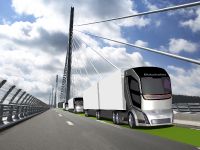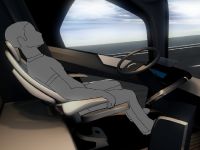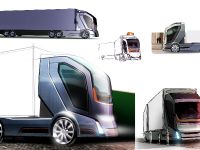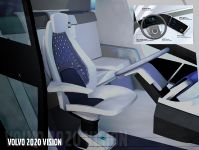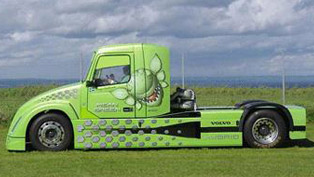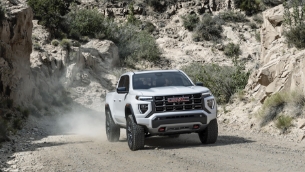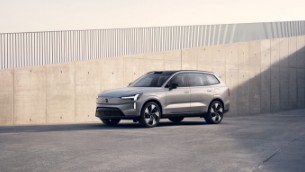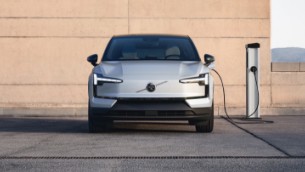Trucks of the future - safer and more efficient
Rikard Orell, Design Director at Volvo Truck Corporation is the mastermind of the 2020 Concept Volvo Truck. The future truck shows the vision of Volvo for the future. In less than ten years, the trucks will be much different to those of today.
The full autopilot will be available, so the trucks will be driven non-stop in nose-to-tail convoys on green super-motorways linking the continents.
Rikard Orell Design Director at Volvo Trucks said: "Progress is getting ever faster. Because of this our vision for the future is not that far away. Much of the technology in the Volvo Concept Truck 2020 is already available; other technology needs to be developed. One needs to dare to stride firmly into the debate, demonstrating what one can and will do. Just tinkering at the edges runs the risk of progress slipping away."
One of the main ideas is to link vehicles together wirelessly into long road-trains that rush across the continents at 90 km/h (56 mph).
"This will be possible when the transport sector's vision of green corridors becomes reality," says Rikard Orell. "Here heavy goods vehicles are separated from other traffic, driving in their own lanes, rather like a railway, but without the rails."
The road safety will be increased, also the fuel consumption and CO2 emission will drop because of the reduced drag when a truck is in the slipstream of the vehicle in front. The driver will be able to rest behind the wheel while the truck effectively drives itself. The deliveries will be made more quickly and drivers can get back to their homes earlier.
The future Volvo truck has better driver environment. It is more spacious, airy and free of disruption.
"We have replaced the traditional dashboard with a thin film panel on which information is tailored to suit the driver," says Rikard Orell. "The panel is operated like a touchpad, just like an iPhone. We have saved a lot of space that way."
The vehicle is equipped with LED headlamps and indicators are integrated into the front of the truck. The rear-view mirrors have been replaced by cameras that project their images onto the inside of the windscreen.
2020 Volvo Concept truck features integrated collision protection projecting forwards about half a metre. This ‘nose' is gentler on oncoming cars in the event of a head-on collision and has also been shown to improve the aerodynamics of the vehicle.
"Because the nose is a safety function, our starting point has been that it does not count as part of the maximum permitted vehicle length, just as rear-view mirrors today are outside the maximum permitted width.", said Rikard Orell.
Last, but not least the designers improved aerodynamics by reducing the drag coefficient of the truck.
Rikard Orell said: "We have come so far with the front of the vehicle that further changes to the basic shape provide only marginal improvements,".
"However, a lot will happen when we start work on the design of the rear end of the vehicle. There is a great deal of untapped aerodynamic potential there.", he added.
